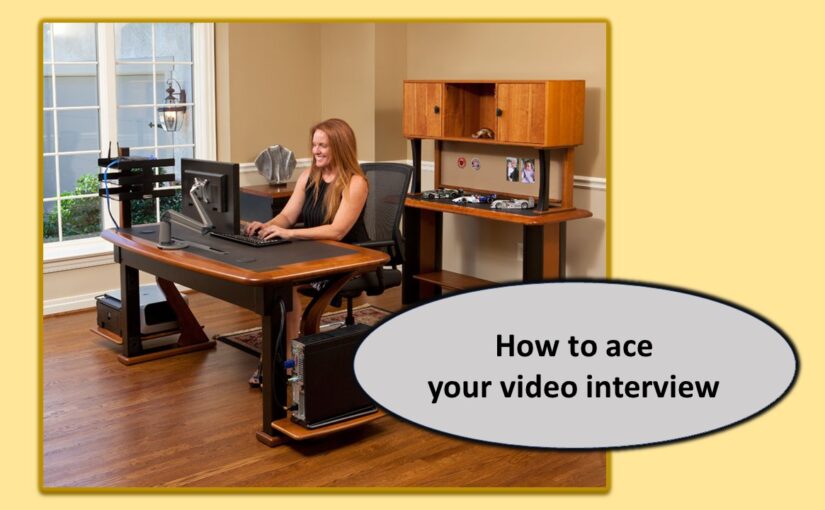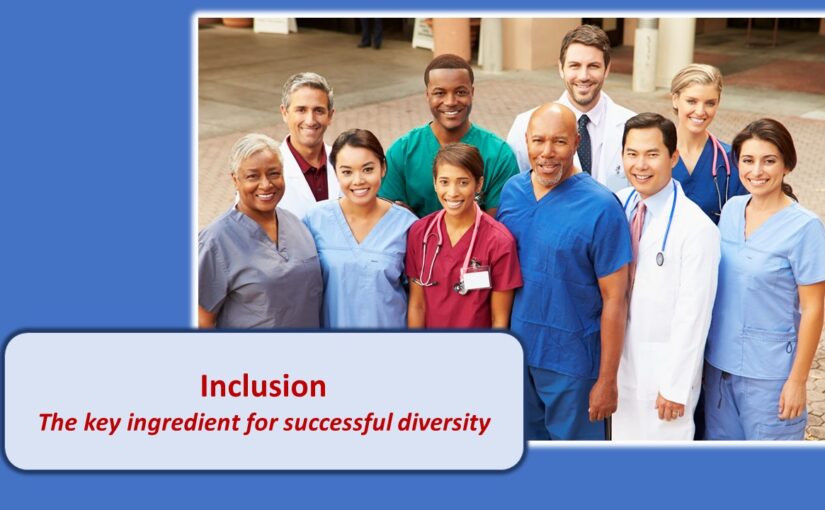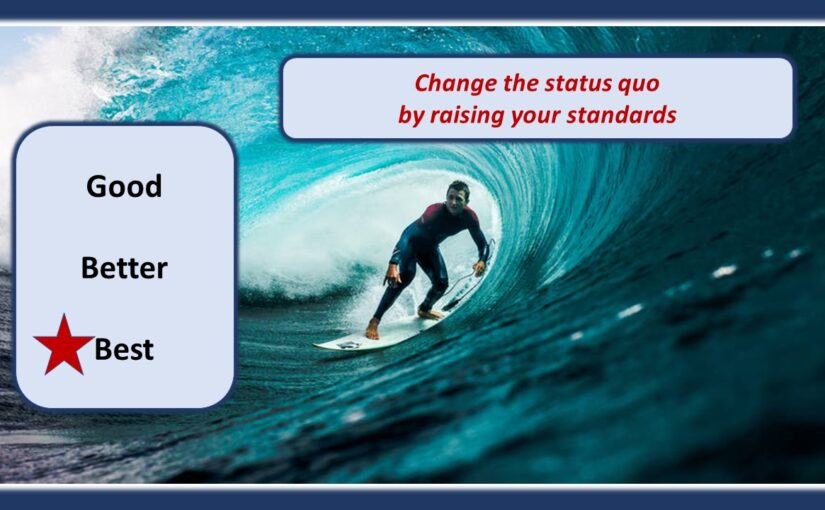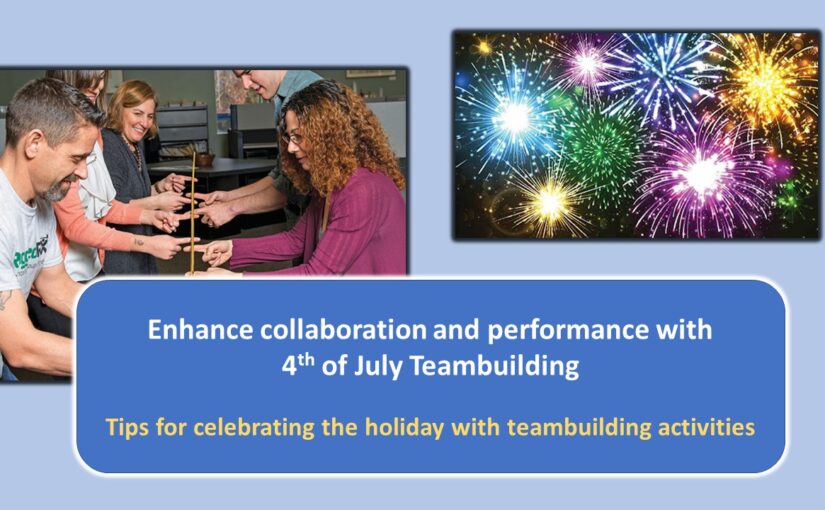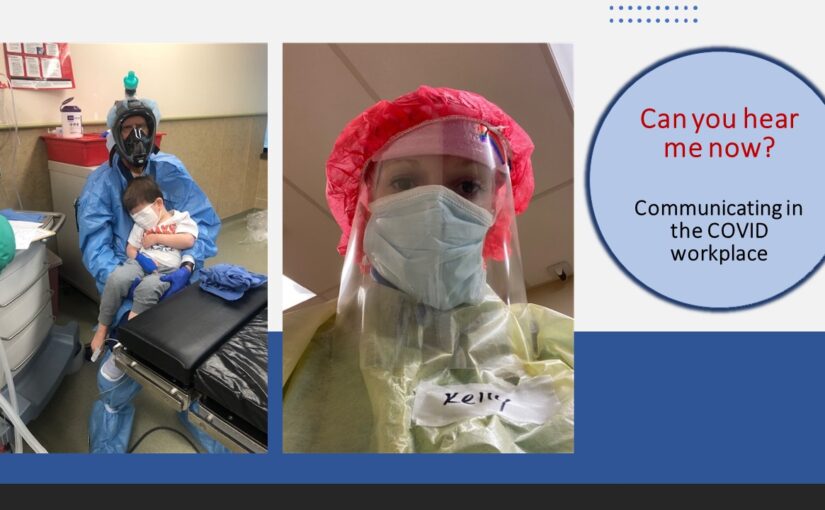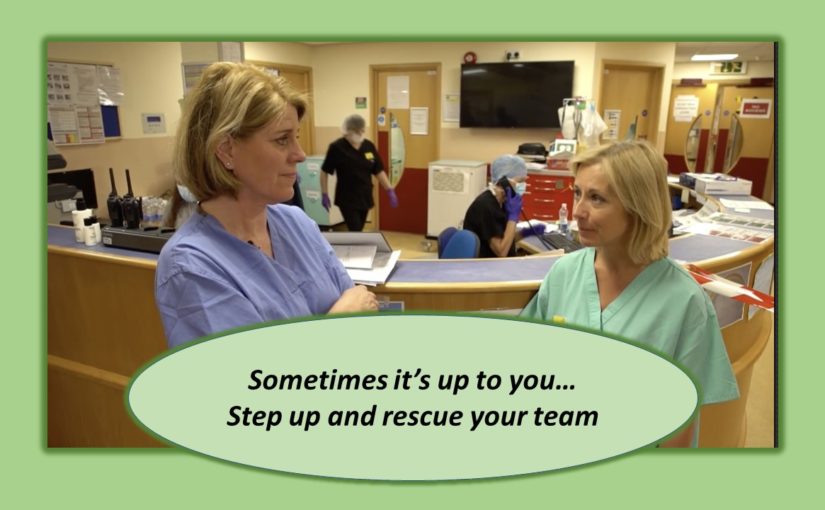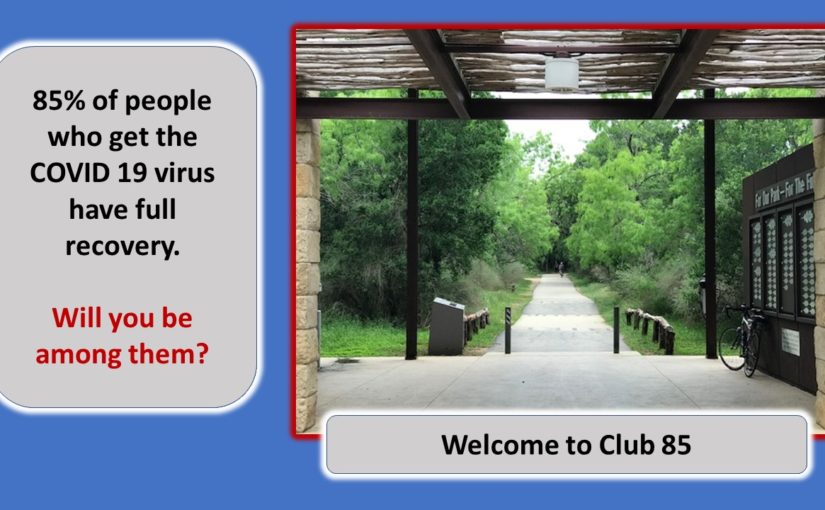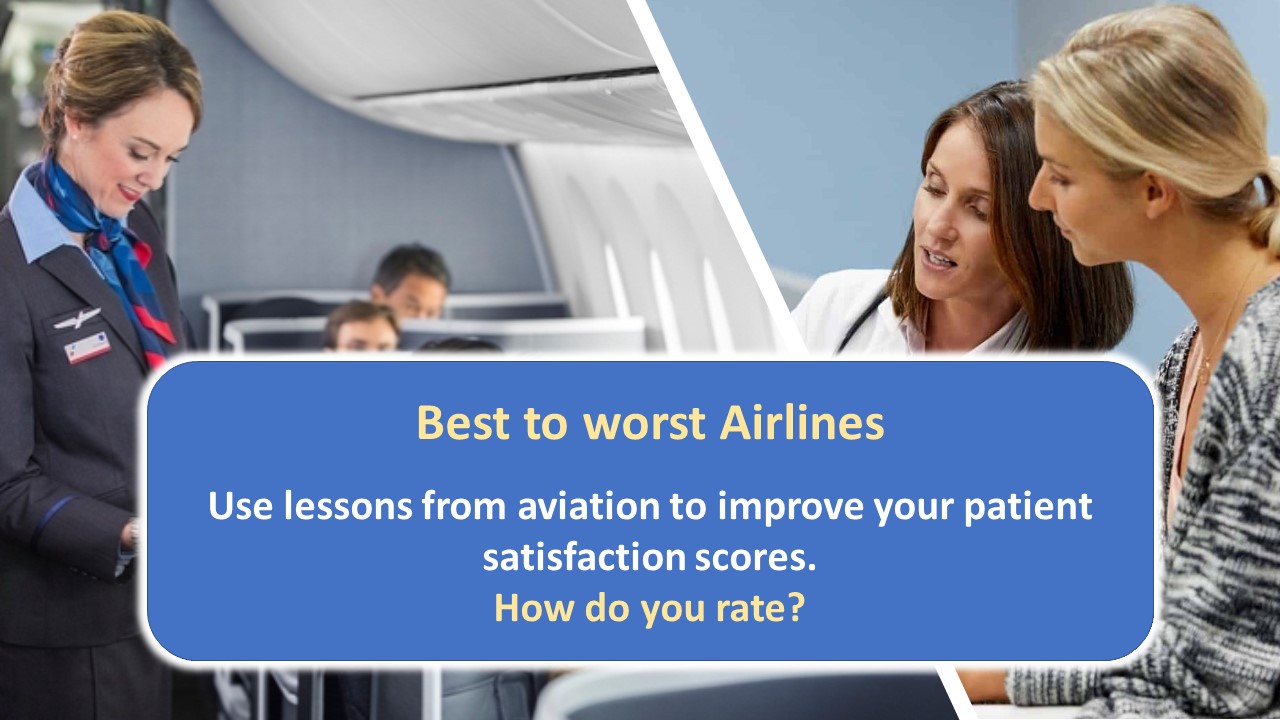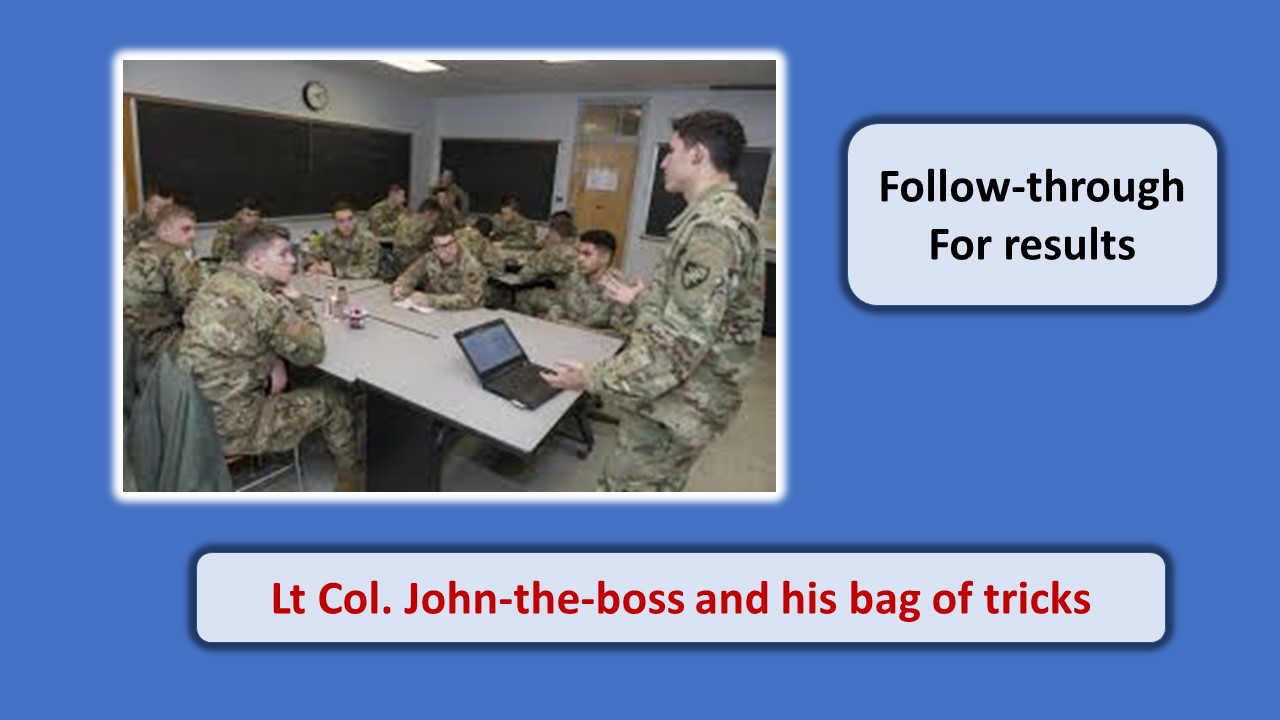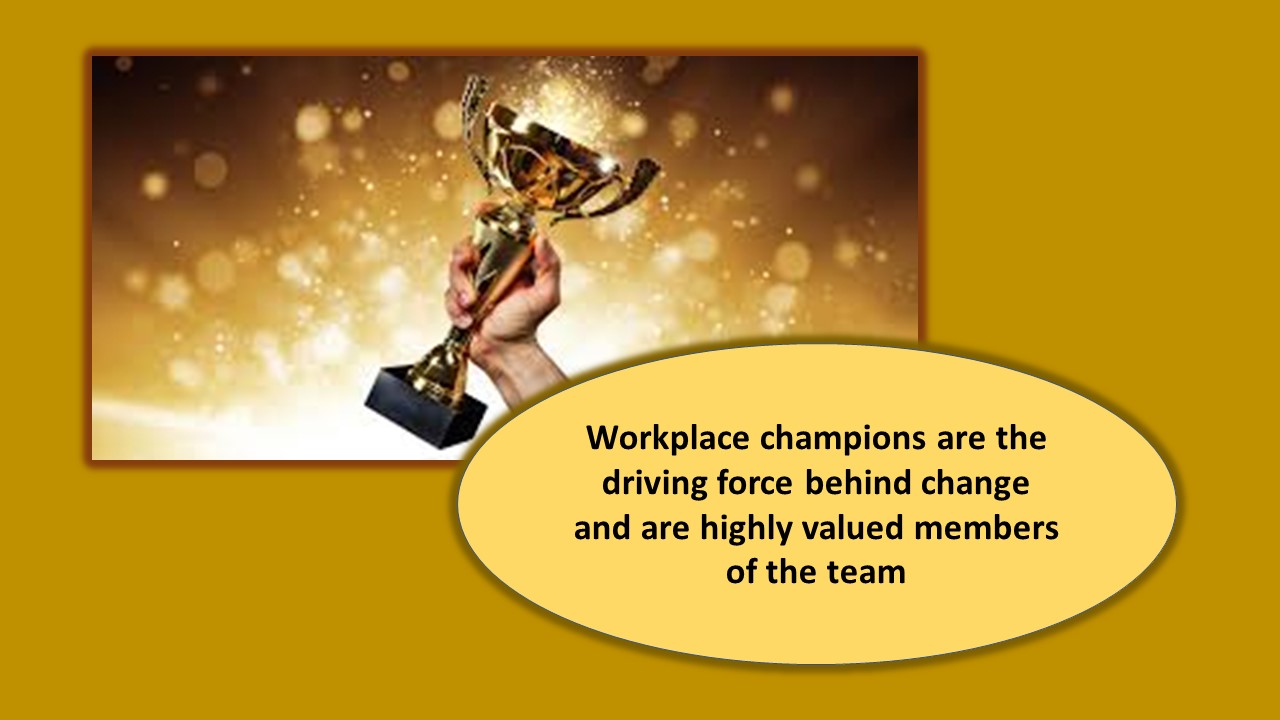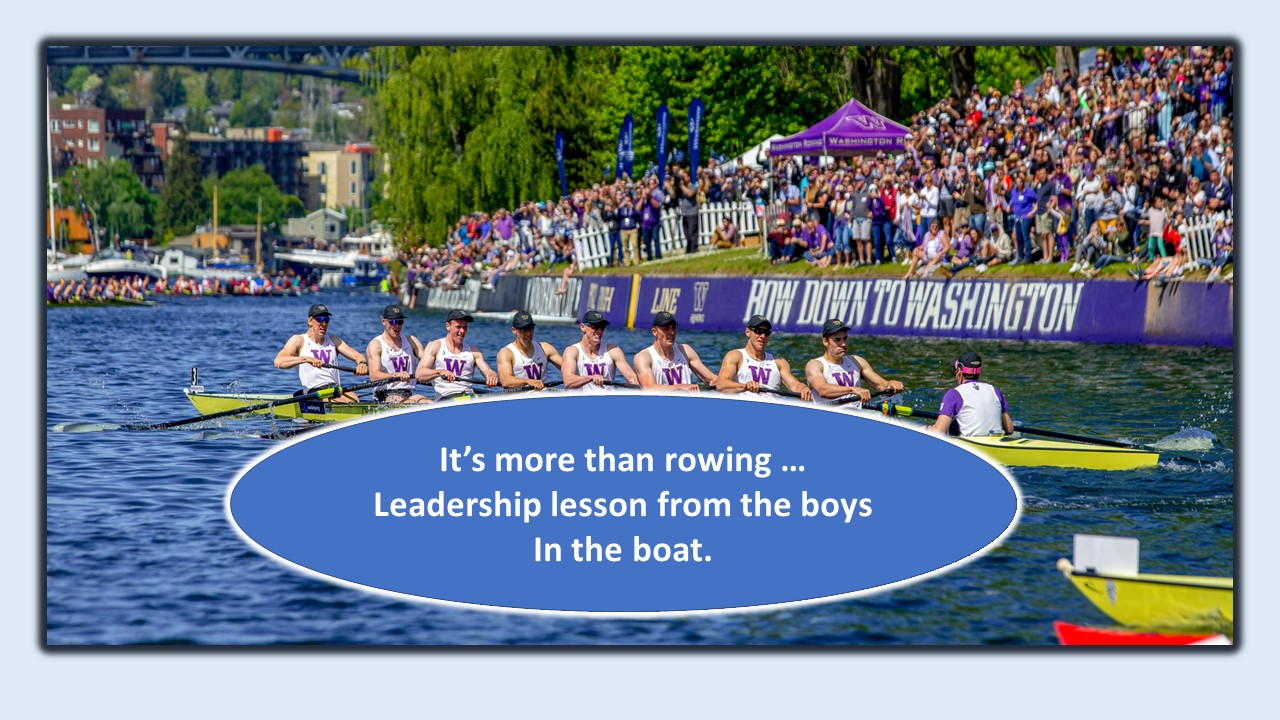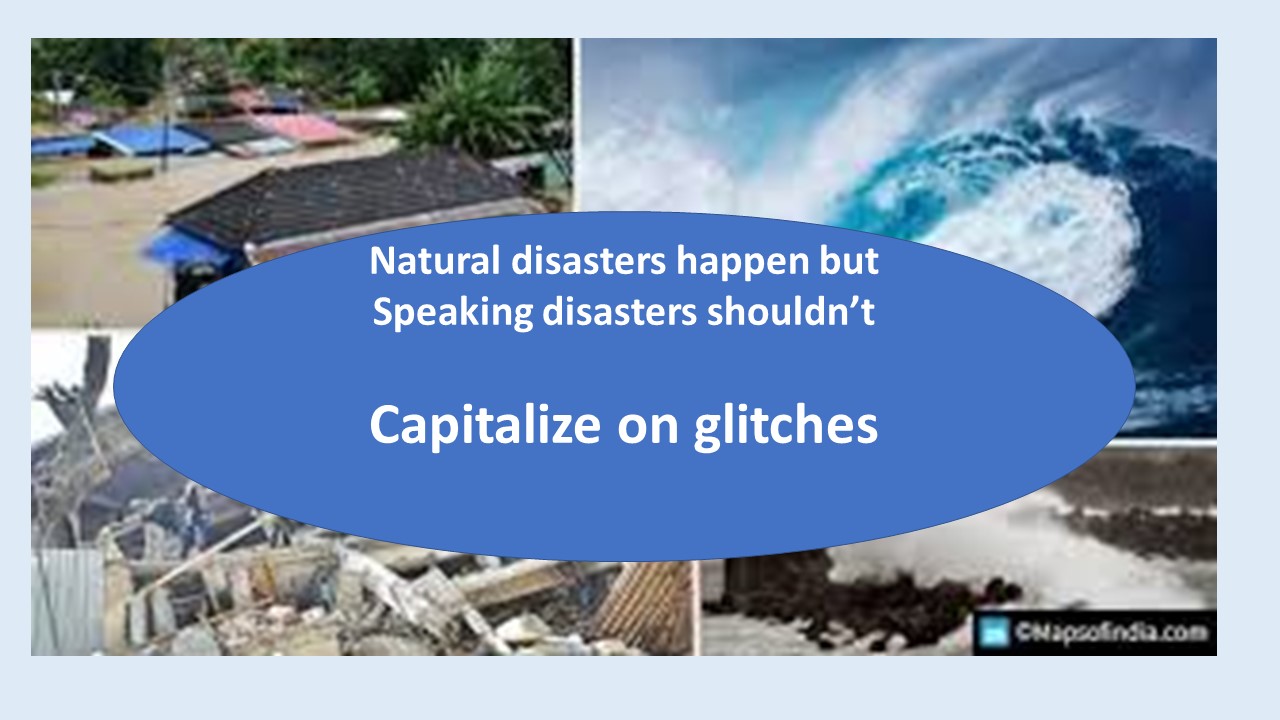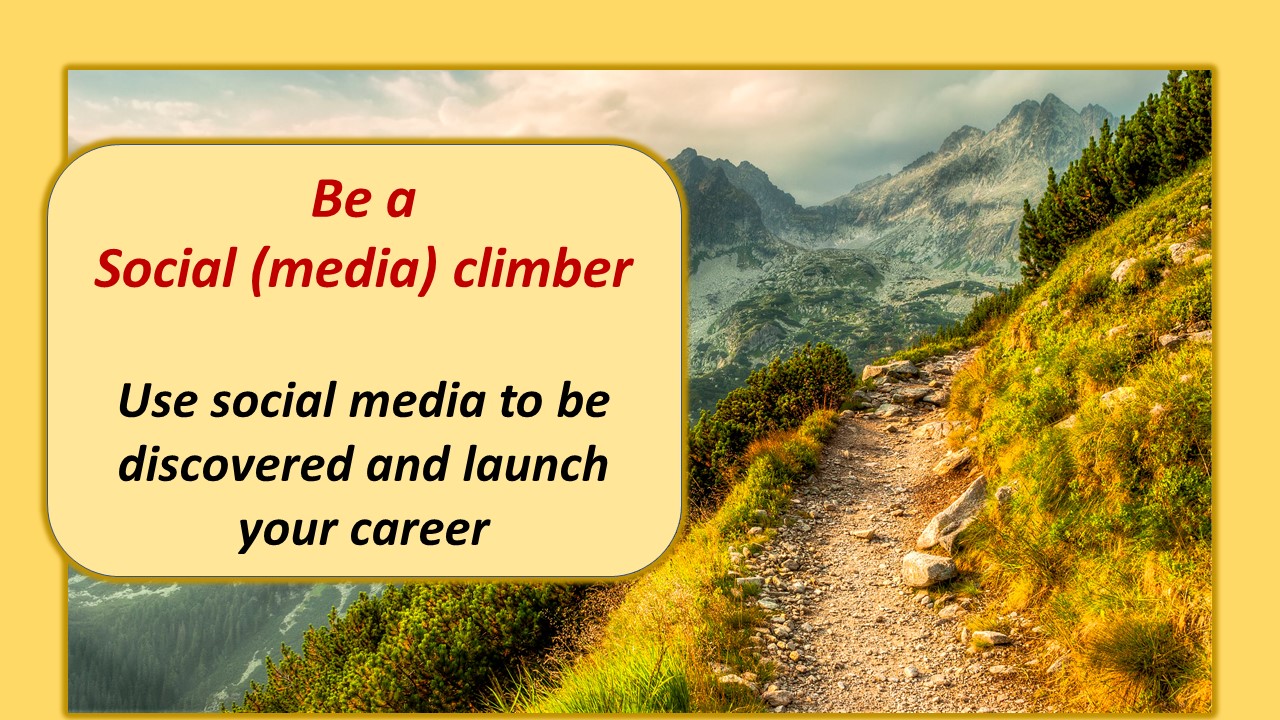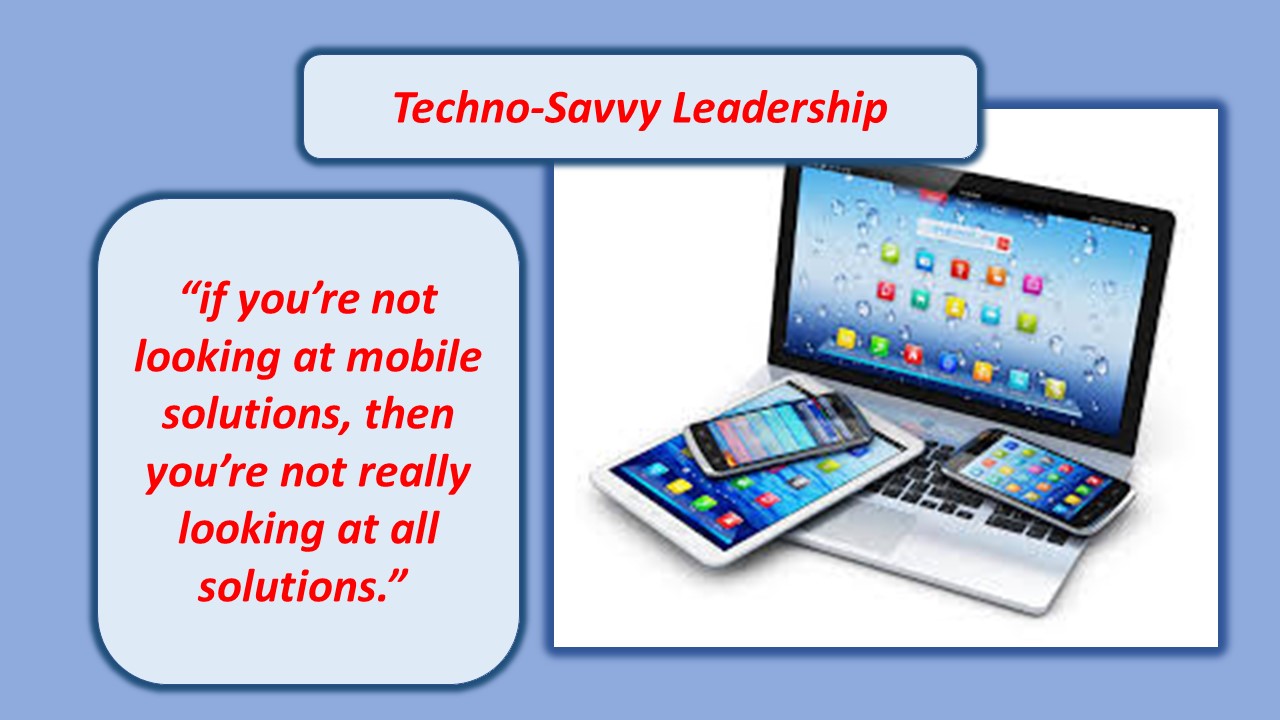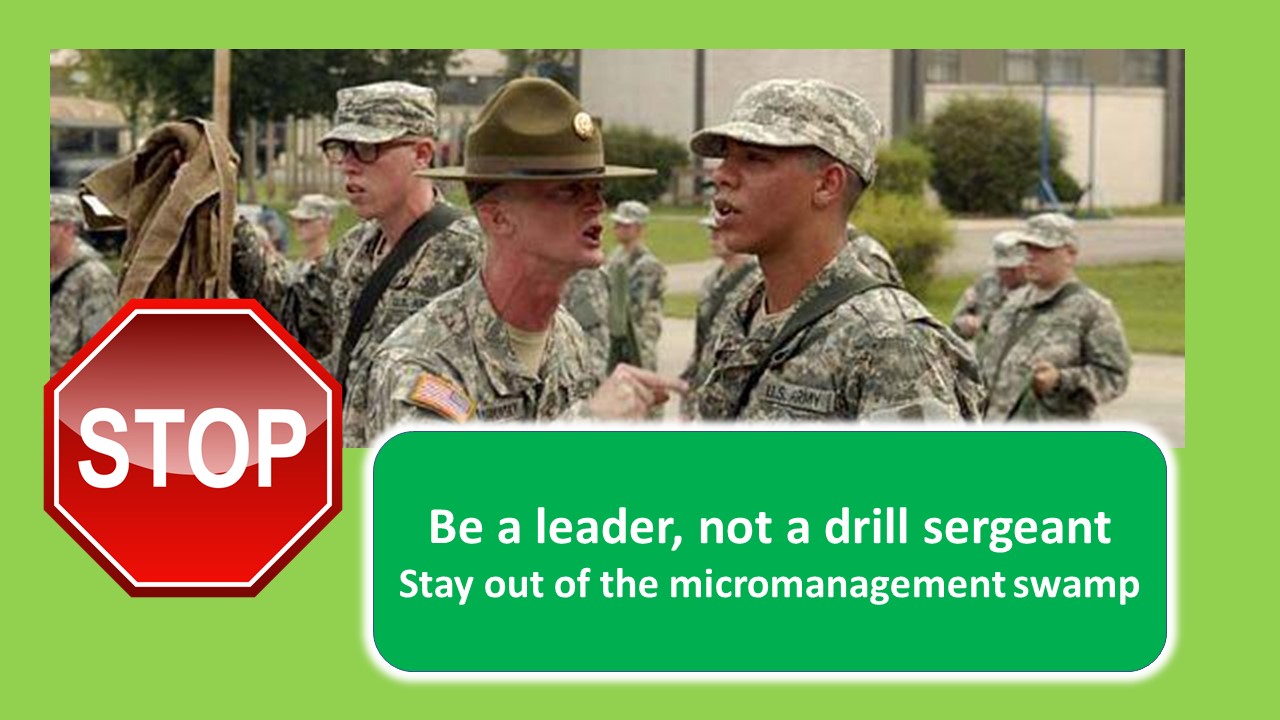By Thomas Davis, DNAP, MAE, CRNA
Follow @procrnatom on twitter
I am an avid cyclist to the point of being suspected of having a personal relationship with my bicycle; after all, we have spent over 40K miles together on the road. In addition, I have a deep interest in healthcare leadership development and last weekend my two major interests collided while doing a bucket list bike ride on the 150-mile Great Allegheny Passage bicycle trail from Pittsburgh, PA to Cumberland, MD.
As our group of 10 loaded the shuttle van to transport us from Cumberland to Pittsburgh, it was evident that Greg, owner of 2wheel escapes and coordinator for the trip had his act together. Assisted by his wife Rhona and paid helper Lynn, each new person arriving for the trip received a warm welcome and, with efficiency, luggage, bicycles and passengers were loaded onto the trailer and van, respectively. In short order, anxiety of the unknown challenge ahead turned into lively conversation among the new group of friends.
As we traveled toward Pittsburgh, Greg openly shared his vision with our group explaining that the trail is beautiful, but it is the support provided for the riders that converts the ride into a memorable experience worth repeating. He explained that his goal is to be the number one GAP trail tour organizer and create an experience that people would want to repeat and that they would recommend to friends. Everything from that point forward was designed to bring his vision to life. We were told up front that his services were intended to be second to none and that it was up to us to make him even better…please offer suggestions.
Greg put words to action and delivered on the pledge that he made to the group. Every aspect of the trip was on time and as promised, often exceeding expectation. The format for our journey included camping overnight; Greg set a high standard and only stayed at campgrounds with flush toilets and hot showers. Because COVID has closed many restaurants, 2wheel escapes provide an exceptional dinner on site every evening followed by an ample hot breakfast in the morning. Each day started with a briefing and a printed list of landmarks along the way. The scenery was different every day and particularly magnificent in the Ohiopyle area, however, riding into the campground each day consistently found Greg and Rhona set up and ready with afternoon snacks for the hungry riders. They aimed to please and hit the bull’s eye.
As I pedaled toward the Eastern Continental divide, I could not help thinking about the importance of creating a positive and memorable experience and then extrapolated the concept to healthcare. The outcome of my amazing weekend was much more than rolling along a wooded trail, it was having an experience that I am eager to repeat. Likewise, a positive healthcare encounter requires more than a nice facility and creates a responsibility on healthcare workers to deliver a positive and memorable experience for each patient.
Having a positive experience is important in healthcare and this is why
Builds trust Creating a positive experience requires healthcare workers to connect one on one with each patient and learn about what is important to them. Taking Greg’s attitude of “make us better” sends the message that what is important to the patient is also important to the provider. The experience of feeling valued creates trust that the other person has your back.
Enhances confidence Most patients do not have a medical background and do not fully understand best practice guidelines; they are at the mercy of the healthcare provider. Those who have a positive experience and trust the provider are more likely be compliant with treatment protocols and achieve a better overall outcome.
Improves patient safety A solid, trusting relationship between patient and provider creates a bond where both are more vigilant, communicate more frequently and ward off problems before they arise. Writing in BMJ, Authors Doyle et. al. affirm the connection between the patient’s experience, safety and ultimate outcome.
Job security Greg knows that to earn a profit in a competitive market, he must deliver the goods reliably and in a manner that generates repeat business. Similarly, in the past, patients were tied to their local community for healthcare, however, our digital world has broken geographical barriers and opened the door to shop anywhere for medical services. Healthcare is a competitive market and by creating a positive experience, a loyal customer base is developed. Patients share their experiences, both good and bad, on social media so the environment that we create will be revealed to the world. Ultimately, those who create the positive experience for the patient will thrive and those who do not, will not survive.
My weekend ride did a lot more than check off an item on my bucket list, it opened my eyes to the importance of creating a dynamic and memorable experience. Taking an interest in a patient and placing value on the feedback that you receive is the first step in creating a culture that knows the importance of the patient’s overall experience. Be bold and create a bucket list experience for each of your patients.
Tom is an experienced leader, author, and requested speaker. Click here for a video introduction to Tom’s talk topics.


